
In the annals of Hollywood compensation, few names resonate with the same financial gravitas as Tom Cruise. His recent triumph with “Top Gun: Maverick” not only revitalized the cinematic landscape post-pandemic but also cemented his status as a singular force in negotiating monumental paydays. This deep dive will unpack the intricate financial mechanisms behind his unprecedented earnings, revealing how a blend of star power, strategic negotiation, and a blockbuster hit led to one of the largest single-film payouts in history.
Cruise’s enduring appeal and his commitment to delivering high-octane, practical action have positioned him as one of the few actors who can command such extraordinary terms. The success of “Top Gun: Maverick” serves as a masterclass in how an A-lister, with a keen understanding of box office economics, can leverage their influence to secure a truly staggering return on their talent. This exploration goes beyond the surface figures, delving into the nuances of his deals and their profound impact.
Indeed, nobody has been paid more for their appearance in a single movie than Tom Cruise was in “Top Gun: Maverick.” The sheer scale of his compensation speaks volumes about his indispensability to the franchise and his astute business acumen. As we navigate the specifics of his earnings, it becomes clear that Cruise’s approach is not merely about a salary, but about a sophisticated partnership with the studio, designed to maximize his share in the film’s overall success.

1. **Tom Cruise’s Record-Breaking Payday for Top Gun: Maverick**The financial figures surrounding Tom Cruise’s involvement in “Top Gun: Maverick” are nothing short of astounding, setting a new benchmark in actor compensation. Estimates suggest that Cruise was paid more than $100 million for his part in the film, a sum that eclipses many of his contemporaries and underscores his unique position in the industry. This remarkable payday includes his upfront salary, his portion of the box office revenue, and his take from future home-entertainment sales, painting a comprehensive picture of his earning power.
Variety reported that Cruise’s upfront salary for “Top Gun: Maverick” was in the region of $12 million to $14 million. While this is a substantial sum by any measure, it was merely the foundation for a much larger financial structure. The true monetary masterstroke came from the backend deal, which significantly amplified his overall earnings once the film soared to unprecedented box office heights.
This payment makes “Top Gun: Maverick” the highest-grossing movie of Cruise’s career, the second movie of the COVID-19 pandemic era to cross the $1 billion mark, and Paramount’s second-highest grossing movie in domestic returns, behind “Titanic.” These colossal achievements directly contributed to the justification and realization of Cruise’s nine-figure payout. The success validated the studio’s investment in both the star and the unique financial arrangement he secured.
Some sources have even suggested that Cruise’s total earnings for “Top Gun: Maverick” could be as high as $200 million. While this high-end claim remains unconfirmed by all outlets, it highlights the extraordinary potential of his negotiated deal and the film’s overwhelming success. If true, it would mark an unparalleled achievement in actor compensation for a single production, further solidifying Cruise’s legendary status both on and off screen.
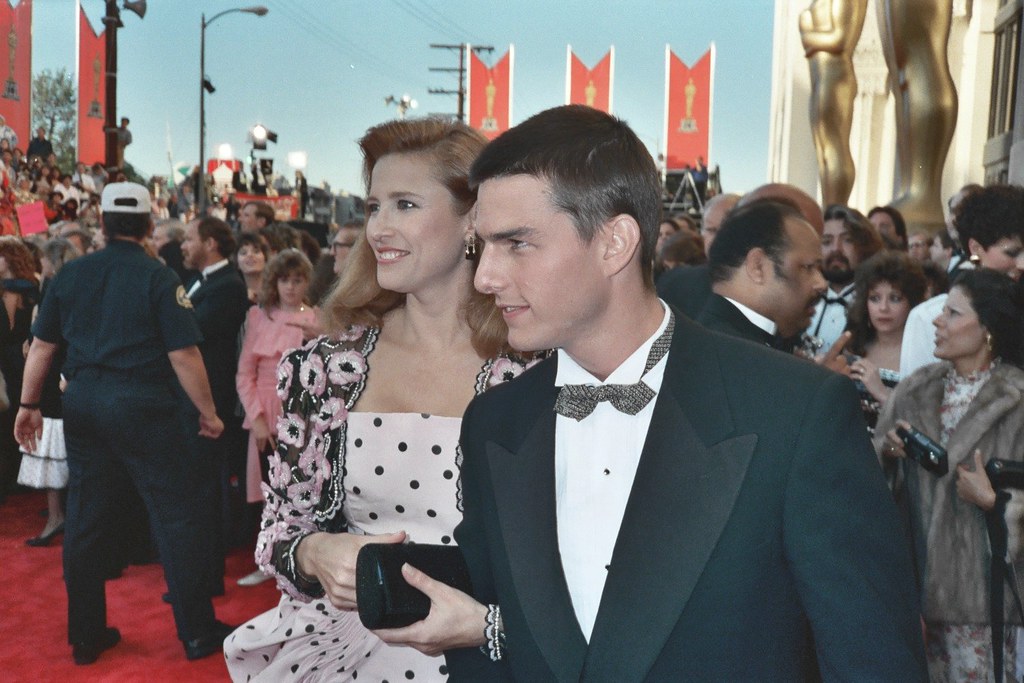
2. **The “First-Dollar Gross” Masterstroke**At the heart of Tom Cruise’s staggering “Top Gun: Maverick” earnings was a particularly shrewd negotiation: securing a portion of the ‘first-dollar gross’ from the film. This critical agreement meant that he would receive a percentage of the movie’s total box office take, rather than waiting for the film to turn a profit. This distinction is paramount in Hollywood accounting, offering a significantly more secure and potentially lucrative payout for the actor.
The key advantage of a ‘first-dollar gross’ deal is its independence from the film’s eventual profitability. Even if “Top Gun: Maverick” had not made a profit due to astronomical production and marketing costs, Cruise would still have earned a significant sum directly from the box office revenue. This effectively insulates the actor from many of the financial risks associated with film production and distribution, shifting a greater portion of the upside to the star.
Forbes reported that the A-lister received 10% “of the first dollar gross” based on the money the movie’s distributor, Paramount, would take in after the theaters get their cut. Typically, theaters retain around 50 percent of the box office haul. Therefore, with “Top Gun: Maverick” grossing over $1.4 billion worldwide, Cruise’s 10% share of Paramount’s estimated half (around $700 million) would translate into approximately $70 million, added to his upfront salary.
This mechanism guarantees an income stream from the moment tickets are sold, making it one of the most coveted and difficult-to-secure deals in Hollywood. It requires immense star power and a proven track record of box office success, attributes that Tom Cruise possesses in abundance. His ability to command such a deal speaks volumes about his perceived value to a tentpole franchise like “Top Gun.”

3. **Distinction from Standard Profit-Sharing Deals**Tom Cruise’s “first-dollar gross” agreement for “Top Gun: Maverick” stands in stark contrast to the more common profit-sharing deals typically negotiated by actors in Hollywood. The key difference lies in the definition of what constitutes the “cut” that an actor receives. While many actors secure a percentage of a film’s profits, Cruise’s deal bypassed the often-complex and contentious calculations of net profit.
Profit-sharing arrangements, though seemingly lucrative, often mean that actors get a chunk of whatever is left over once all production costs, marketing budgets, distribution fees, and other expenses have been paid off. This ‘net profit’ can be significantly lower than the gross revenue, or in some cases, even non-existent, depending on how studio accounting defines and allocates costs. Films can make hundreds of millions at the box office yet still report no ‘net profit’ to share.
A compelling example of a standard profit-sharing deal is Jim Carrey’s negotiation for the 2008 movie “Yes Man,” where he secured a 36.2 percent cut. This meant that for Carrey to be paid, the movie explicitly needed to make a profit. If the film underperformed or its costs were too high, his backend earnings could be severely diminished or nullified entirely, despite the film’s gross revenue.
Cruise’s ‘first-dollar gross’ approach mitigates this risk entirely. By getting a percentage of the total box office take before profits are calculated, he receives a guaranteed payout directly tied to the film’s gross success. This structure is a powerful testament to his negotiating prowess, ensuring a substantial financial reward regardless of the film’s ultimate accounting profitability, a rare and highly advantageous position for any actor.

4. **Top Gun: Maverick’s Monumental Box Office Success**The astronomical earnings secured by Tom Cruise from “Top Gun: Maverick” were made possible by the film’s truly monumental performance at the global box office. The sequel, released almost four decades after the original, defied expectations, bringing in revenues of over $1.4 billion worldwide. This financial triumph positioned it as the highest-grossing movie released in its year and a critical success in bringing audiences back to theaters post-COVID.
“Maverick” earned $1.24 billion at the worldwide box office, including $620 million in the US, and showed no signs of slowing down for an extended period. This incredible run made it Cruise’s first movie to pass the $1 billion mark at the box office, a significant milestone in his illustrious career. The film’s robust and sustained performance directly translated into a colossal payout for its lead star, reinforcing the value of his backend deal.
The film’s success was not just a win for Cruise, but also for the broader cinema industry. It is credited for giving life to movie theaters as they looked to recover from the pandemic, demonstrating that a compelling cinematic experience could still draw massive crowds. This broader impact further validated the investment made in the film and its star, whose enduring appeal proved to be a powerful draw for audiences globally.
Ultimately, the financial outcome underscored that Cruise ended up being worth the fee. The film’s critical acclaim, commercial dominance, and significant cultural impact justified the unprecedented compensation. “Top Gun: Maverick” not only delivered an exhilarating cinematic experience but also showcased the immense financial power that a well-executed blockbuster, fronted by an indispensable star, can generate.

5. **Cruise’s Strategic Upfront vs. Backend Negotiation**Tom Cruise’s strategy for “Top Gun: Maverick” exemplifies a savvy financial approach that prioritized long-term gain over immediate upfront remuneration. He reportedly took a smaller upfront payment – estimated at $12.5 million to $13 million – in exchange for a significantly richer backend deal. This deliberate choice allowed him to secure a substantial portion of the movie’s ticket sales, directly aligning his financial interests with the film’s widespread commercial success.
This approach is becoming increasingly common with A-listers in huge blockbusters, as demonstrated by Margot Robbie’s similar deal for 2023’s “Barbie.” By accepting a smaller salary upfront, stars can negotiate for a larger share of the proceeds after the film’s release, capitalizing on its global box office potential. It’s a calculated gamble that pays off handsomely when a film performs exceptionally well, as “Maverick” emphatically did.
Cruise’s willingness to defer a larger portion of his income until after the film’s release signals a profound confidence in the project and his own ability to draw audiences. It transforms the actor from a mere employee into a true financial partner in the film’s success. This model incentivizes the star to actively promote the film and ensures they benefit directly from its popularity, a win-win scenario when a movie becomes a cultural phenomenon.
This strategic negotiation illustrates a deep understanding of industry economics and the power of a proven box office draw. For an actor of Cruise’s caliber, whose involvement can single-handedly guarantee a certain level of success, such backend deals become incredibly valuable. They represent a sophisticated way for top talent to maximize their earnings from tentpole franchises, moving beyond traditional salary structures.
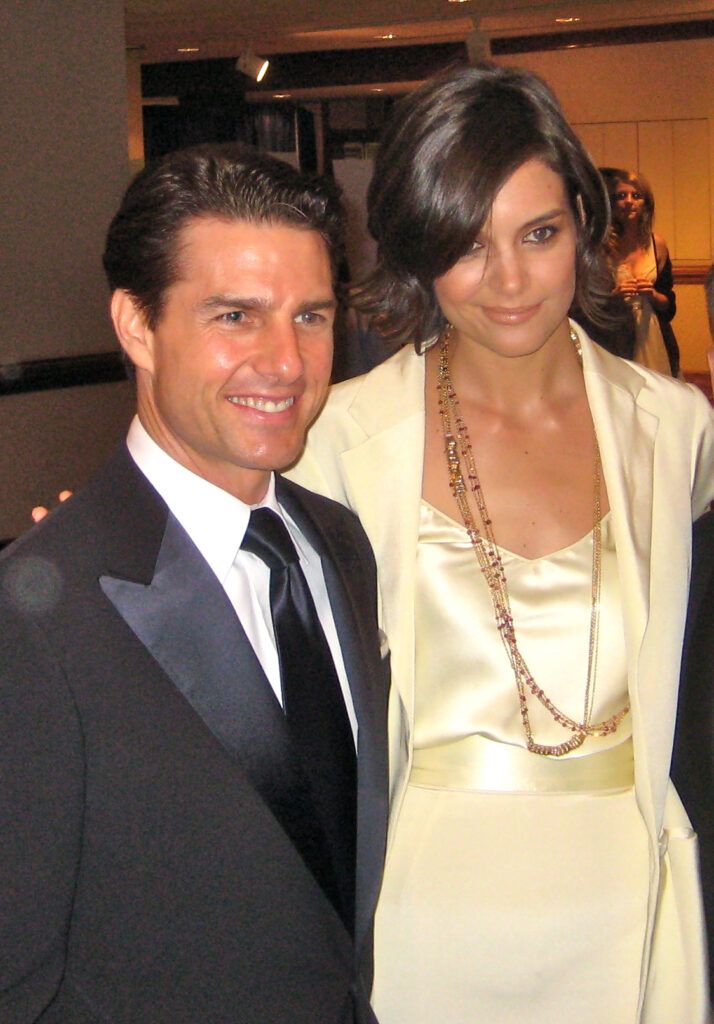
6. **Beyond Maverick: Cruise’s History of $100M+ Paydays**While “Top Gun: Maverick” delivered a record-setting payday, it wasn’t Tom Cruise’s first foray into the exclusive club of $100 million-plus earnings for a single production. His illustrious career is punctuated by several instances where shrewd negotiations and blockbuster success led to comparable financial windfalls. In total, there have only been five movies (and six productions) where an actor earned more than $100 million for being involved with them, and a remarkable three of them are attributed to Tom Cruise.
Cruise signed advantageous deals to make money from the backend of “Mission: Impossible 2” and “War of the Worlds,” positioning them alongside “Top Gun: Maverick” as his most financially successful films. For “Mission: Impossible 2,” he reportedly earned $100 million, largely due to backend deals, showcasing his consistent ability to negotiate for a share of a film’s proceeds when it performs well. This demonstrates a long-standing pattern of strategic financial planning in his career.
Similarly, he earned the same impressive amount for the 2006 film “War of the Worlds.” These earlier triumphs illustrate that the “Top Gun: Maverick” deal was not an anomaly, but rather a continuation of a successful financial strategy Cruise has employed for decades. His track record of delivering commercially successful films empowers him to command such unique and lucrative compensation packages.
These multiple nine-figure paydays underscore Cruise’s unparalleled position as one of Hollywood’s most powerful and financially astute stars. He understands the value he brings to a project and consistently negotiates terms that reflect that immense value. This history of mega-earnings reinforces his reputation as a formidable force in both creative and financial aspects of filmmaking.

7. **Top Gun: Maverick’s Role in Post-Pandemic Cinema Recovery**”Top Gun: Maverick” emerged not just as a blockbuster success, but also as a pivotal force in the recovery of the movie theater industry following the severe disruptions caused by the COVID-19 pandemic. The film’s extraordinary performance at the box office provided a much-needed lifeline and a clear signal that audiences were ready and willing to return to cinemas for the right cinematic experience. It became the second movie of the COVID-19 pandemic era to cross the $1 billion mark, trailing only “Spider-Man: No Way Home.”
This success was critical in re-establishing confidence in the theatrical model at a time when streaming services were rapidly gaining dominance. The film’s appeal was broad and undeniable, attracting diverse demographics back into theaters. Its immersive action sequences and compelling storyline were precisely the kind of experience that demanded the big screen, proving that certain films can still generate immense collective excitement and draw crowds away from home viewing.
The film’s robust box office run extended for months, with “Maverick” still playing in close to 4,000 U.S. theaters even months after its initial release. This sustained performance contributed significantly to the overall revenue generation for theaters and distributors alike. It demonstrated that audiences would commit to repeated viewings, driven by the film’s quality and the collective desire for shared entertainment experiences.
Ultimately, “Top Gun: Maverick” didn’t just break records for Tom Cruise; it broke a psychological barrier for moviegoers. It served as a powerful reminder of the magic of the big screen, injecting crucial revenue and optimism into an industry grappling with existential questions. Its success showcased the enduring power of classic movie stars and beloved franchises to reignite the communal joy of going to the movies, an invaluable contribution to the post-pandemic recovery.

8. **Comparing Cruise’s Payouts to Other Hollywood $100M+ Earners**Tom Cruise’s remarkable $100 million-plus earnings from “Top Gun: Maverick” place him in an extremely elite, albeit small, cohort of actors who have commanded such astronomical figures for their involvement in a single production. The financial landscape of Hollywood, while often characterized by immense wealth, rarely sees individual actors achieving nine-figure paydays. Indeed, out of only five movies (and six productions) where an actor has earned more than $100 million, a remarkable three belong to Cruise.
This puts Cruise in a category shared by only a few industry titans. Will Smith, for instance, reportedly secured around $100 million for his role in “Men In Black 3” through a backend deal, demonstrating a similar reliance on a film’s commercial success for ultimate compensation. Another notable example is Bruce Willis, whose earnings from “The Sixth Sense” were significantly bolstered by a shrewd negotiation for a portion of the film’s profits, pushing his total payout into this exclusive range.
However, the record for the highest earnings on a single *production* is technically held by Keanu Reeves, who made an astounding $156 million across “The Matrix Reloaded” and “The Matrix Revolutions.” Crucially, this sum was earned from two films that were made together, distinguishing it slightly from Cruise’s single-film triumphs like “Top Gun: Maverick” and “Mission: Impossible 2.” This nuance highlights the extraordinary nature of Cruise’s single-movie deals.
More recently, Daniel Craig is set to nab “upwards of $100 million” for his role in Netflix’s two upcoming “Knives Out” sequels, again spreading the sum across multiple productions. Such lucrative deals are becoming increasingly rare in an era where superhero franchises often serve as a bigger draw than individual actors. Cruise’s ability to consistently command these terms underscores his unique standing as one of the last true movie stars capable of driving such immense financial success.

9. **Tom Cruise’s Impressive Overall Net Worth**Beyond his record-setting paydays, Tom Cruise has meticulously built an impressive personal fortune, with his current net worth estimated to be over $600 million. This substantial wealth is the culmination of decades of strategic career choices, consistent box office success, and astute financial negotiations that have consistently placed him among Hollywood’s highest earners. His participation in the “Top Gun” films, particularly “Maverick,” has significantly boosted this already formidable financial standing.
Cruise’s net worth reflects not just his upfront salaries but also the substantial backend deals he has consistently secured throughout his career, particularly his ‘first-dollar gross’ agreements. These arrangements ensure a direct share in a film’s revenue, proving far more lucrative than traditional profit-sharing. This entrepreneurial approach to his acting career has been a primary driver in accumulating his immense wealth, treating each film not just as an acting gig but as a significant business venture.
His financial success is so profound that, according to CinemaBlend, the A-lister reportedly makes an astonishing $7,091 per word of dialogue. While an entertaining metric, it vividly illustrates the immense value and earning power he holds within the entertainment industry. This kind of financial acumen, combined with his enduring global appeal, has cemented his status as one of the richest and most financially independent actors in Hollywood today.
Read more about: Tom Cruise’s Ageless Secret: Unpacking His Extreme Fitness Routine Trainer Reactions and The Big2025Stunt Double Reveal

10. **Evolution of Cruise’s Salaries: From Early Roles to Mega-Deals**Tom Cruise’s career trajectory is a fascinating study in escalating star power and corresponding financial remuneration, tracing a path from modest early salaries to the nine-figure paydays he commands today. His journey began with a relatively humble $50,000 for his role in the 1981 military drama “Taps,” quickly followed by $75,000 for the iconic 1983 comedy “Risky Business,” a role that truly launched him into the public consciousness.
By the mid-1980s, his earning power was already on a significant upward curve, securing $500,000 for the 1985 fantasy adventure “Legend” and a substantial $2 million paycheck for the original “Top Gun” in 1986. Adjusted for inflation, that $2 million from “Top Gun” would be equivalent to approximately $5.5 million today, highlighting its significance at the time. This period marked his transition from a promising young actor to a bona fide leading man.
The 1990s saw Cruise solidify his position as a Hollywood megastar, with his salaries reflecting his growing box office pull. He earned $3 million for “Cocktail” in 1988, followed by $9 million for “Days of Thunder” in 1990. By the early to mid-90s, he was consistently commanding eight-figure upfront salaries, receiving $12 million for both “A Few Good Men” (1992) and “The Firm” (1993), and then $15 million for “Interview with the Vampire” (1994).
His financial shrewdness truly emerged with the “Mission: Impossible” franchise, where he started securing producer credits and backend profits. For the first “Mission: Impossible” film, he reportedly received $70 million, and $75 million for “Mission: Impossible 3.” These figures dramatically increased his total earnings, paving the way for his monumental $100 million paydays from “Mission: Impossible 2” and “War of the Worlds,” primarily due to these lucrative backend deals. Between 1983 and 2019, Cruise reportedly amassed $745 million, a testament to his unparalleled financial success in the industry.
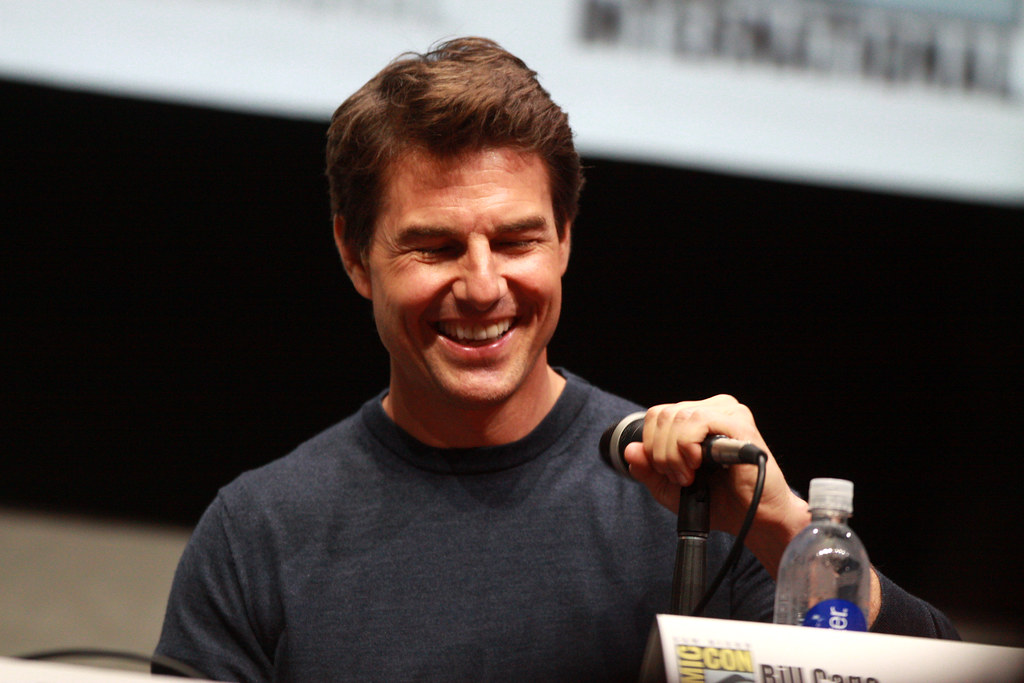
11. **Financial Responsibilities: Child Support and Strategic Real Estate Investments**Despite his immense wealth and global stardom, Tom Cruise also navigates significant financial responsibilities, most notably the child support payments for his daughter, Suri, whom he shares with ex-wife Katie Holmes. According to TMZ, Cruise is obligated to pay Holmes $400,000 annually until Suri reaches the age of 18. This agreement also stipulates that while Holmes does not receive spousal support, Cruise is responsible for covering Suri’s comprehensive expenses, including her medical, dental, insurance, education, college, and extracurricular costs.
This structured financial commitment underscores the practical aspects of managing substantial personal wealth, even for a figure as prominent as Cruise. It demonstrates a clear allocation of funds towards familial obligations, ensuring his daughter’s welfare and educational future are securely provided for, in addition to his career-driven financial ventures.
Beyond these responsibilities, Cruise has also demonstrated a keen eye for strategic real estate investments, further contributing to his overall net worth. He possesses a notable “knack for buying and selling a lot of homes,” actively flipping properties over the years. This proactive approach to real estate allows him to diversify his assets and capitalize on market trends, transforming property holdings into additional streams of wealth.
One of his most recent and high-profile real estate transactions involved the reported sale of a Telluride home for an impressive $39.5 million. Such significant sales highlight not only the value of the properties he acquires but also his ability to execute lucrative deals in the luxury real estate market. This savvy business sense extends beyond the silver screen, proving Cruise to be a discerning investor in tangible assets.
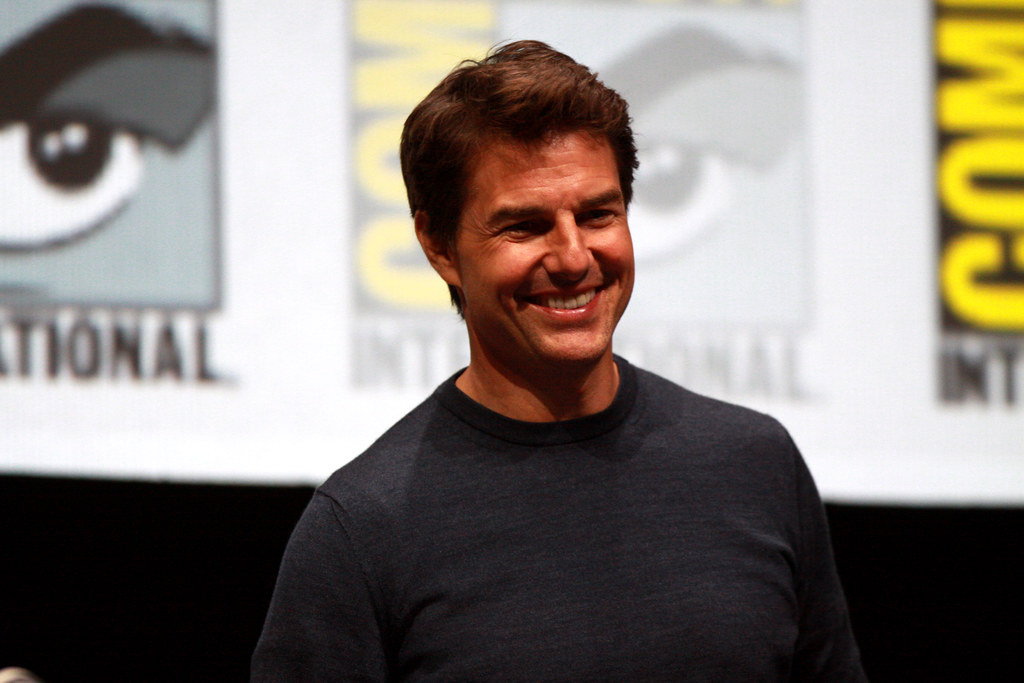
12. **From Thomas Mapother IV to Tom Cruise: Early Life and Path to Stardom**Before he became the iconic global superstar Tom Cruise, he was known as Thomas Cruise Mapother IV, born on July 3, 1962. His early life was marked by frequent relocation, a common experience for many military or engineering families. As the only son among four children of special education teacher Mary Lee Mapother and electrical engineer Thomas Cruise Mapother III, Cruise moved around considerably during his formative years, attending an astonishing 15 different schools across the US and Canada by the time he was just 14 years old.
This peripatetic upbringing undoubtedly shaped his resilience and adaptability, traits that would later serve him well in the demanding world of Hollywood. Interestingly, during his high school years, Cruise initially harbored aspirations of becoming a priest, reflecting a period of spiritual exploration before the allure of acting fully captivated him.
However, the “acting bug” soon took hold, dramatically altering his life’s trajectory. At the age of 18, Cruise made the pivotal decision to drop out of school and move to New York, wholeheartedly committing to pursuing an acting career. This bold leap of faith quickly bore fruit, as he made his film debut in the 1981 movie “Endless Love,” marking the official beginning of what would become one of the most illustrious careers in cinematic history.
While his early career was dedicated to establishing himself as an actor, a significant personal transformation occurred by 1990, when Cruise renounced his Catholic faith and embraced the Church of Scientology. This decision has been a notable aspect of his personal life, running parallel to his relentless pursuit of cinematic excellence and global stardom. His journey from Thomas Mapother IV to Tom Cruise is a testament to ambition, reinvention, and an unwavering commitment to his chosen path.

13. **The Cruise Philosophy: Crafting Blockbuster Sequels**Tom Cruise possesses a unique and insightful philosophy when it comes to developing and starring in sequels, a strategy that has demonstrably contributed to the sustained success of franchises like “Mission: Impossible” and the triumphant return of “Top Gun.” For much of his career, Cruise famously had a rule against doing sequels, a stance that made the prospect of “Top Gun: Maverick” a subject of intense discussion and careful consideration.
Speaking with Forbes, Cruise articulated his approach to sequels, particularly regarding “Top Gun.” He revealed, “I think in the back of my mind, I was hoping, maybe. I hadn’t done sequels, and I kind of had a rule not to do sequels. Everyone was all over me about doing Top Gun. I was like, ‘Where do I take it?'” This highlights his commitment to ensuring a sequel isn’t just a cash grab but offers a compelling narrative and artistic justification.
His involvement with the “Mission: Impossible” series further exemplifies this meticulous approach. “With Mission, I thought that it’s a challenge for me. It’s a logistical challenge. It’s an artistic challenge. We’re working on the highest level because you have practical action,” he explained. This focus on “practical action” and pushing boundaries logistically and artistically is central to his sequel philosophy, aiming for excellence that resonates deeply with audiences.
Cruise also emphasized his audience-centric perspective: “How do we develop these stories? How do we develop these characters? What is the dialogue going to be with an audience here? I make movies for audiences, so I want to know what is their response going to be? How can I improve it? What can I do better? How will these stories evolve? Then I came up with the idea of different directors for each one.” This continuous quest for improvement and audience engagement, combined with his innovative idea of employing “different directors for each one” in the Mission: Impossible series, underlines his dedication to evolving the cinematic experience with each installment.
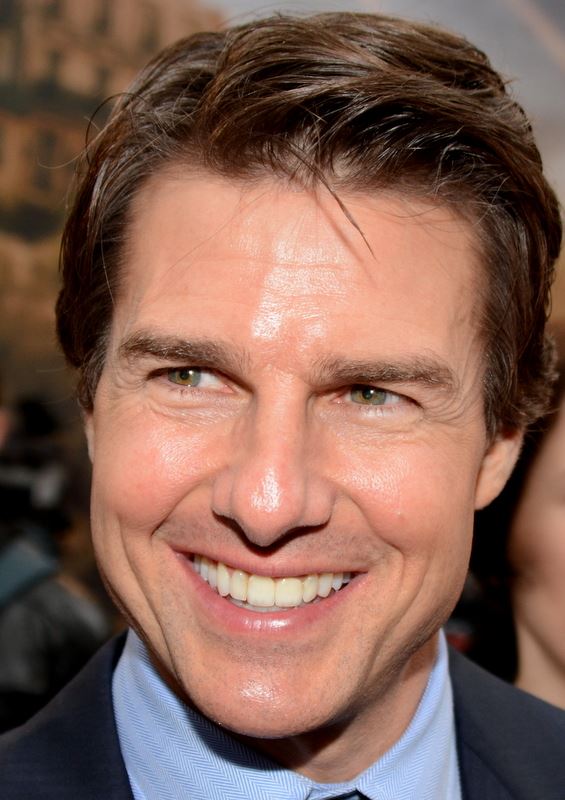
14. **The Enduring Legacy: Anticipating Future Cruise Projects**Tom Cruise’s career shows no signs of decelerating, even after decades at the pinnacle of Hollywood. His discerning approach to selecting projects, particularly sequels, ensures that each new film is met with immense anticipation and often, critical and commercial success. Fans of Cruise can eagerly look forward to his next major cinematic outing in “Mission: Impossible – Dead Reckoning Part Two.”
This upcoming installment represents the continuation of one of his most successful and personally invested franchises, where his philosophy on practical stunts and immersive storytelling consistently pushes the boundaries of action cinema. As of late June 2023, Cruise was actively filming this movie, signaling his relentless dedication to his craft and to delivering high-quality entertainment to his global audience.
The film is currently scheduled for a June 2024 release, a date eagerly awaited by legions of fans worldwide. However, the dynamics of the entertainment industry mean that release schedules can be subject to change, especially with considerations such as the WGA and SAG strikes potentially impacting production timelines. Despite such external factors, Cruise’s commitment to the “Mission: Impossible” saga remains a cornerstone of his ongoing legacy, promising more thrilling adventures on the horizon.
Ultimately, Tom Cruise is not just an actor; he is an industry force, a strategic negotiator, and a dedicated artist whose influence continues to shape the blockbuster landscape. His ability to command unprecedented paydays, his shrewd financial management, and his unwavering dedication to crafting exceptional cinematic experiences ensure his enduring relevance and fascination, solidifying his status as a true Hollywood legend whose financial prowess is as impressive as his on-screen heroics. His story serves as a masterclass in leveraging talent into unparalleled wealth and influence.



